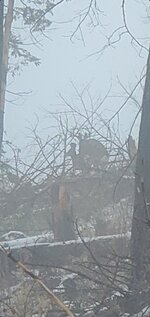- Joined
- Aug 11, 2021
- Messages
- 19
How different are they from each other? I've only hunted white tail but extremely interested in getting after some muleys. Spot and stalk seems the most popular on YouTube but what type of areas do they bed and feed in?

